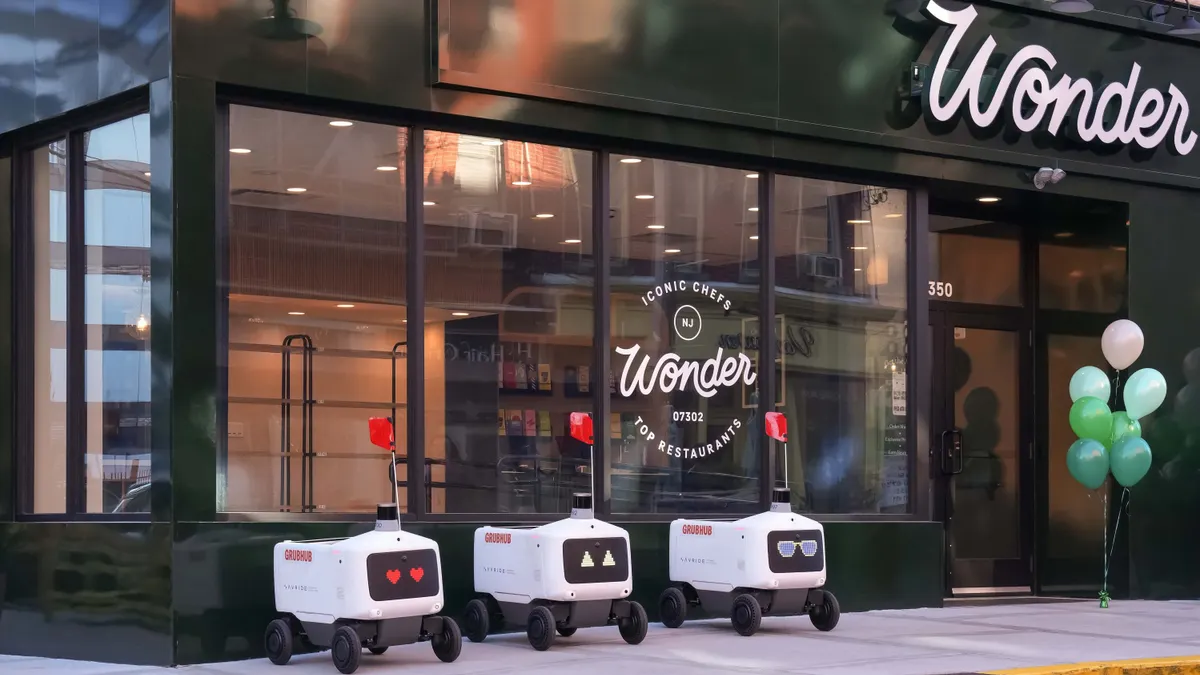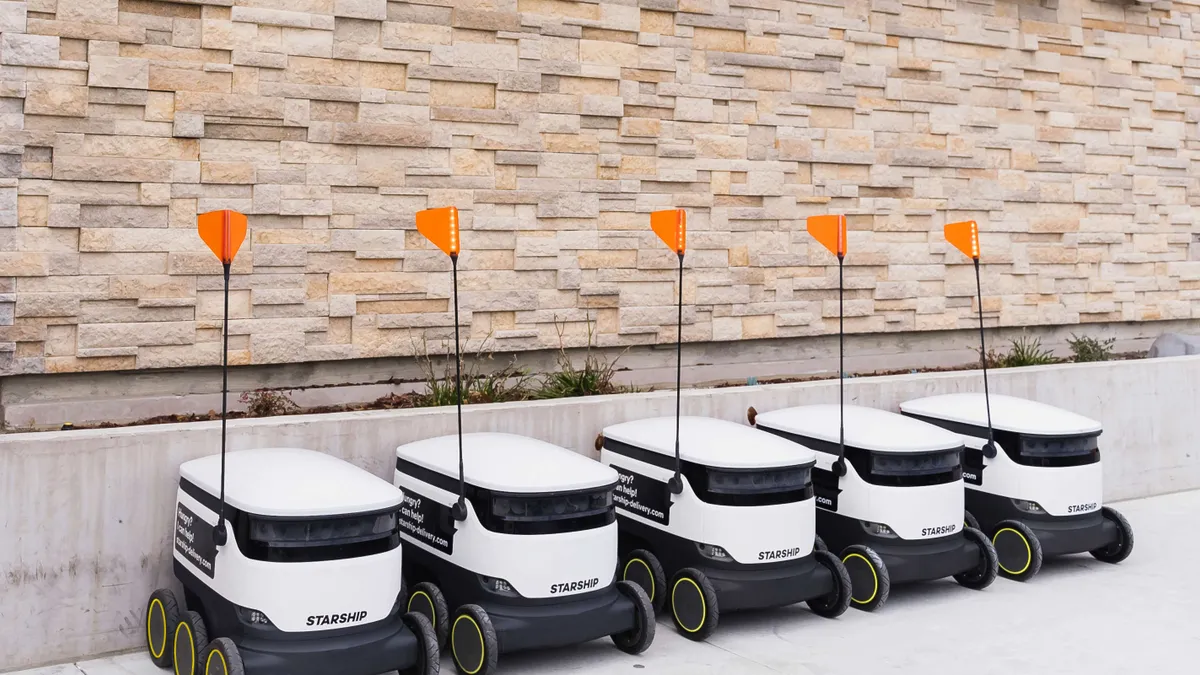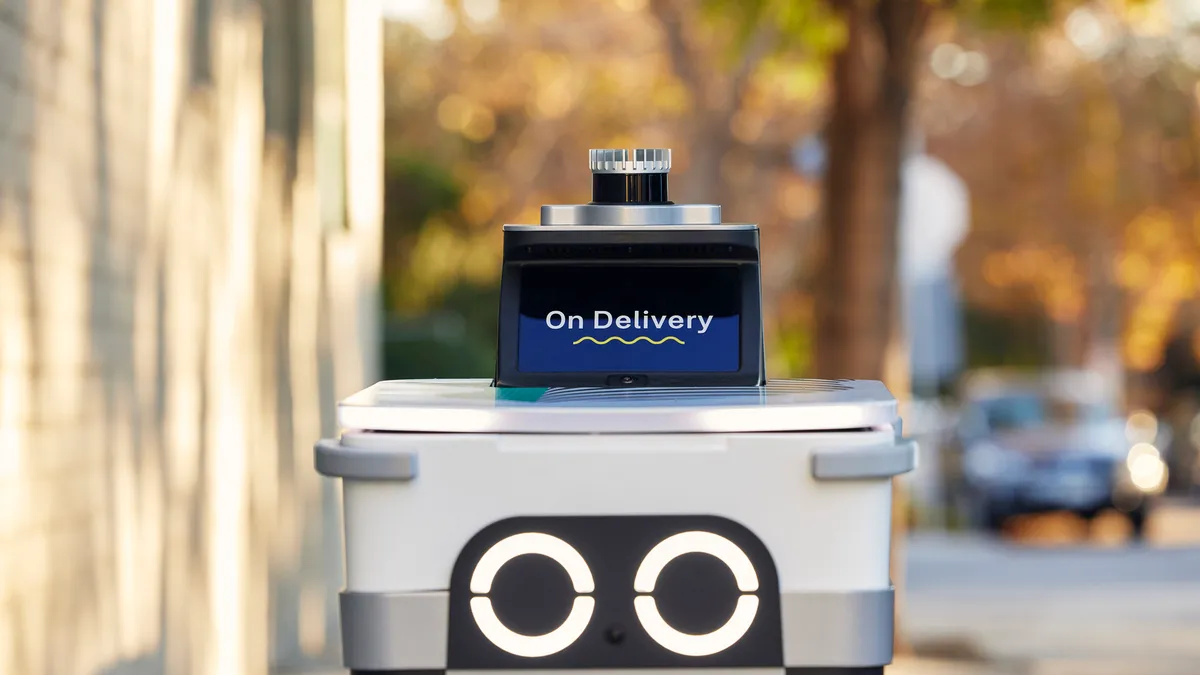The following is a guest post by Matt Carinio, VP of strategy and consulting at Hathway.
There was a time when restaurants focused on serving quality food with service that inspired customers to return time and time again. But in today's foodservice industry, whether at a fast food, fast casual, or fine dining restaurant, quality and service are only a couple of factors that influence customer loyalty. In an increasingly digital world, diner expectations now include convenience, value and a personal, emotional connection between brand and customer.
Over the last few years, the convergence of mobile applications and delivery services has raised the stakes in a way that has caught the attention of government regulators, concerned consumers and restaurant owners alike. Recent actions in California (where Prop 22 has been overturned) and in Chicago (where third-party services are being investigated for deceptive delivery practices) indicate that the relationship between the gig economy, restaurants and customers remains unsettled. But this dynamic also presents an opportunity for restaurants to directly reach their customers. Brands that invest in longer-term, sustainable strategies without relying on third-party delivery apps will not only survive, but thrive during these evolving digital times.
The best way to reframe this opportunity is to create a more engaging digital customer experience — one that encompasses every aspect of how consumers interact with your brand. Creating a digital experience that builds customer loyalty is no easy feat. It requires a holistic understanding of today's customer expectations and the ability to anticipate future shifts. With those insights in mind, restaurants will need to shift to a digital-first organizational mindset, adapt to new technologies and invest with the right partners.
Building a data-driven culture
Leadership always starts at the top. A leader of a program, team, organization, or entire company should have a data-driven charter to inform their business decisions. This statement should be evangelized as part of a change management initiative and reinforced as frequently as possible until it permeates how your team operates. Although perfect data may not be available to you at this time, identify areas where there is sufficient data and use it as a catalyst to incremental improvements.
Win over anonymous and unreachable customers
Relationships are hard to foster when a company doesn't know their customers. The first challenge is in reaching customers who prefer to transact anonymously. According to Hathway data, on average, just over 50% of customers prefer to check out as a guest online, and most loyalty programs only account for 5%-20% of brands' total customer base. The result is the majority of transactions are anonymous and not tracked to an individual customer. This makes it impossible to engage with customers on a 1:1 basis, personalize experiences, offers or messages that will influence their behaviors.
Avoid fragmented experiences and siloed data
It's tough to monetize a customer journey that can't be controlled. This second challenge is common with restaurant brands that are relatively early in their digital adoption curve. They quickly license anywhere from five to 10 separate software products to bring capabilities like ordering, rewards programs, gift cards, catering and delivery online. All of these products have separate front and backend databases, which can result in a fragmented customer journey and siloed data that limits the brand's ability to connect with their customers.
Competition is proliferating
Other foodservice providers are eating your lunch and competition is coming from all angles. Technology has broken down barriers to entry into the retail foodservice category, especially for off-premise dining, which will comprise 80% of the category by 2025. Third-party delivery companies are making it easier for consumers to order from a much larger variety of options. Brands that have lagged behind the competition in evolving their digital maturity are at risk of losing their share of stomach.
Third-party aggregators are in the way
Customer relationships are getting weaker. The last, and in some ways most profound, challenge is intermediation. Intermediation refers to the displacement of the direct brand and customer relationship. Aggregators and third parties (like Uber Eats and Grubhub) are interjecting to add value through technology and create marketplaces that disrupt a brand's ability to sell directly to their customers (who comprise 30% of all online orders). The problem is that the restaurant loses its direct relationship to its customers and risks further commoditization. The restaurant can no longer communicate and cultivate emotional connections with customers effectively. Additionally, third-party fees can erode margins even further.
The next 12 months will bring continued discourse regarding the rights versus the responsibilities between employees and employers in the gig economy. Regardless of the outcome, restaurant brands will find themselves best served by reclaiming the relationship with their customers and having more influence over them. Never underestimate the internal efforts needed to get your organization aligned for digital growth, and never stop relentlessly taking steps to own your customer relationships.



















